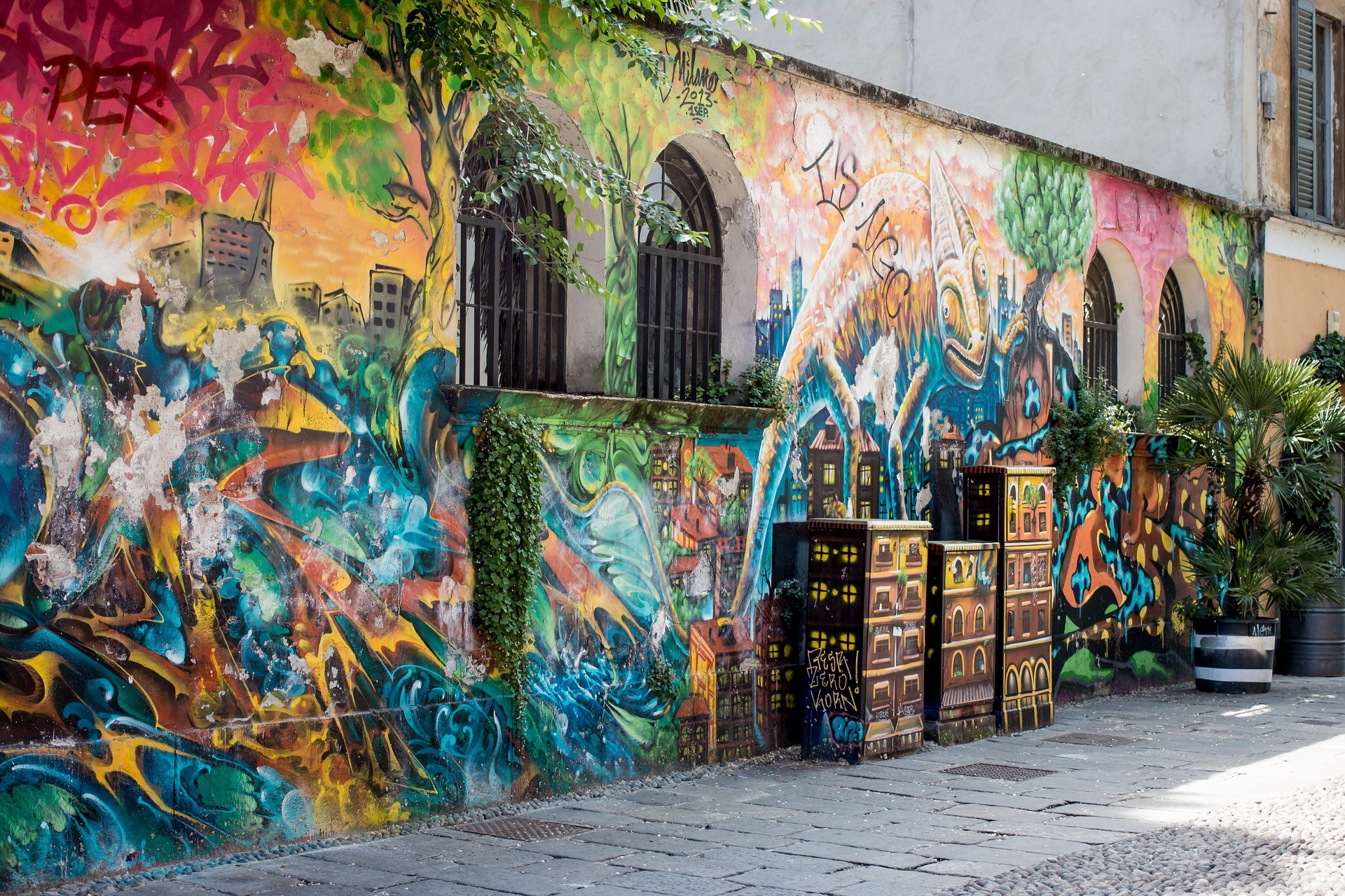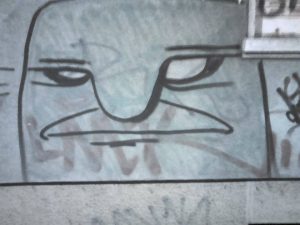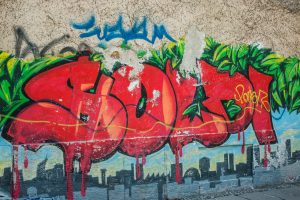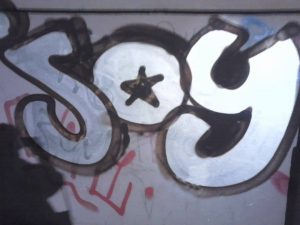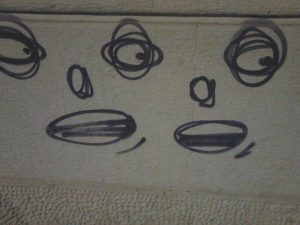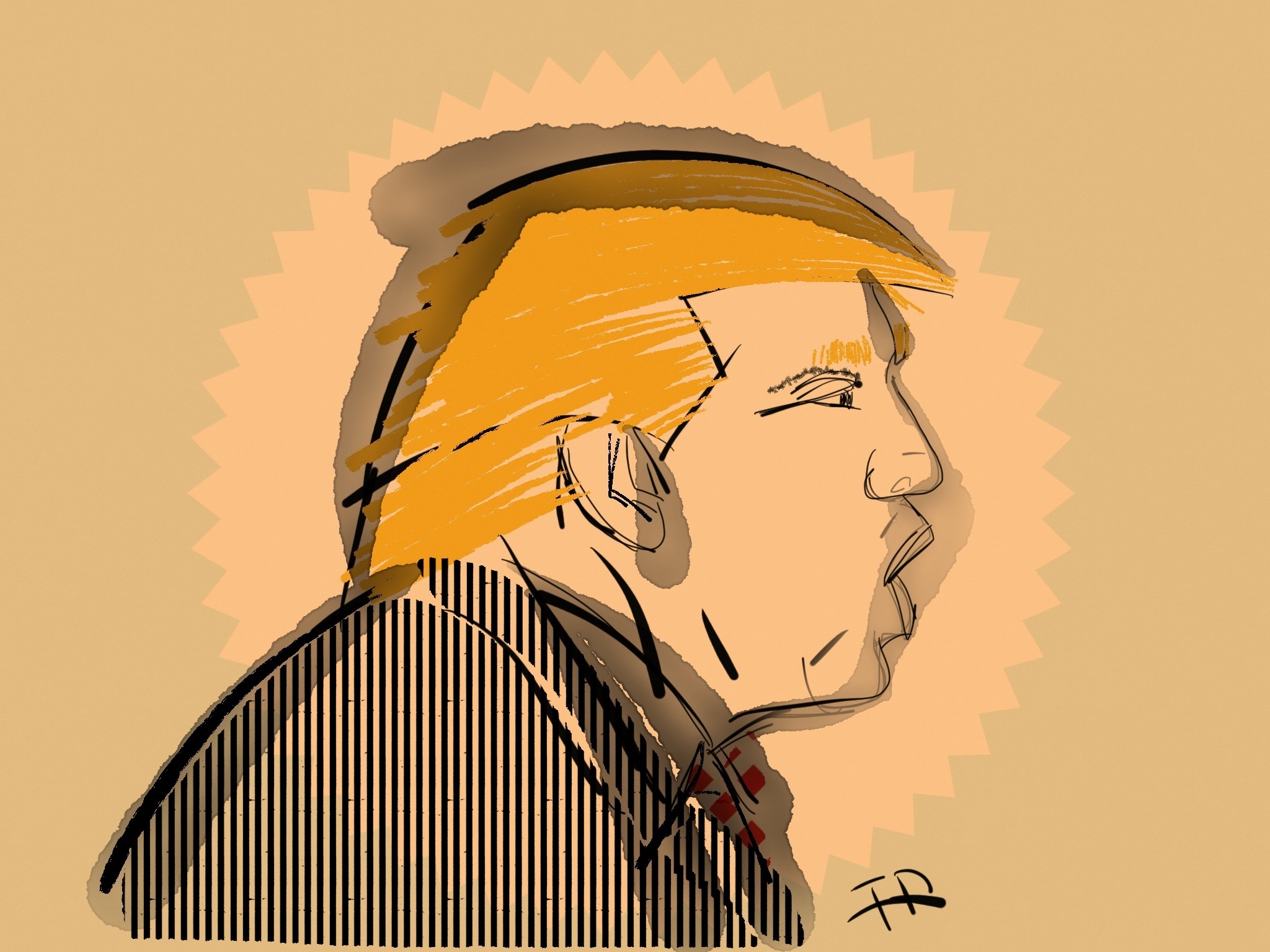Since moving to Milan in August this year, many things have caught my attention but none has fascinated me more than the wide variety of street art. Milanese street art is everywhere, from inside the metro to the walls of even the most upmarket areas, and the styles on display vary just as much as their locations. Whatsmore, one can also find work that has been commissioned and work that has been illegally created ensuring that street art maintains a balance between its counter-culture origins and the mainstream. In Milan, one can easily find traditional graffiti style tags, wheat pastes, sculptures and beautiful murals; each piece with its own meaning.
A brief history of Milanese street art
Up until slightly over a decade ago tagging was the most popular form of street art in Milan. Tagging is still seen all over the city today and is largely seen to originate from New York’s counterculture in the 60s and 70s. Tagging was and is a symbolic act where the physical manifestation of the city, in other words: its buildings, walls and streets can be said to stand metaphorically for the larger social order which exists within. Tagging is, at its most basic level, the act of the artist repeatedly writing their name or a message all over the city; writing our name on something is essentially the easiest way to label it as ours. Therefore, street artists repeatedly tag the city, writing their names all over the institutions and structures which reject and alienate them on a daily basis, labeling them and owning them.
PHOTO:thethreecats
While not all street art ends up being visually stunning, the very act of tagging or scrawling a message on the city is one which carries a deep symbolic power.
This cruder style of street art is also very accessible; anyone with access to paint or markers are able to do it, even if they are not the most gifted artistically. Perhaps it is for this reason that we still see a lot of tagging across the city today. Another simpler style of street art that is still very popular are the written messages repeated in different locations that are often very political, decorating many of the cities walls on a number of diverse themes.
However, the culture of Tagging soon began to evolve and in the mid 90s a bubble art style became popular. A move towards visually appealing pieces was becoming apparent. By the 2000s, much bigger pieces with a focus on images rather than words became popular on the outskirts of the city. Areas such as Leoncavallo, Isola, Lambrate and Porta Ticinese have become the go-to-areas for street art today. There is a diverse range of styles on offer in these areas which include the simpler forms discussed above, but there are many visually stunning pieces on offer here, too. Milan’s street art is very much used as a way to customize the urban landscape: it is common to see street art decorating street objects such as electricity boxes but it goes further than that. A lot of the artworks on display are created by the city’s residents, and street art very much acts as a way of expressing ownership and control over the city, a feeling which is normally out of reach for most of us.
Related article: “STREET ART IN NORTHERN IRELAND:THE VOICE OF A NEW GENERATION“
Milan’s street art is very much used as a way to customize the urban landscape: it is common to see street art decorating street objects such as electricity boxes but it goes further than that. A lot of the artworks on display are created by the city’s residents, and street art very much acts as a way of expressing ownership and control over the city, a feeling which is normally out of reach for most of us.
San Lorenzo’s Wall of Dolls
 PHOTO CREDIT: lenardo.it
PHOTO CREDIT: lenardo.it
Not all of the work here is two-dimensional, there are also examples of sculpture style street art which is an interesting take on the genre. Of all the pieces I have seen here, the one that stands out the most is Il Muro Di Bambole or the Wall of Dolls.
In the Porta Ticinese district of Milan, the Wall of Dolls is a permanent art exhibition in the street. The project was started in 2014 by Jo Squillo, a famous Italian singer-songwriter/TV presenter, and some of the dolls have been specifically created by well-known fashion designers while others have been donated by organizations who work to combat domestic violence. Each doll represents the place of women in a male-dominated world: the toys of men who face intimidation and violence. This is a powerful example of art being used by women to reclaim the public sphere which, due to derogatory behaviors such as catcalling, can often feel unsafe for many women.
For a full mindmap containing additional related articles and photos, visit #milanesestreetart
The street art scene in Milan is extremely varied; you don’t have to try very hard to encounter it because it is around every corner. If you would like to learn more about its historical context or the artists behind the pieces, the tourism industry has been quick on the uptake and there are now many street art tours that one can take around different areas in the city.
Milan, as a city, is well-known for its presence in the world of fashion and design and the great art works that reside in the city are well known, such as, Michelangelo’s Last Supper for example. Yet, despite being much less well known, Milanese street art is nevertheless a treasure chest waiting to be opened.
Recommended reading: START: The Street Art In Festival In Milan


